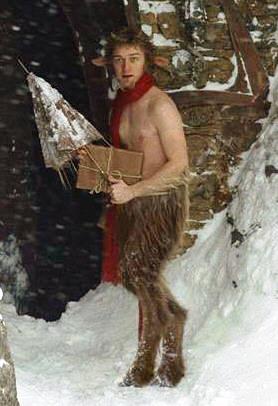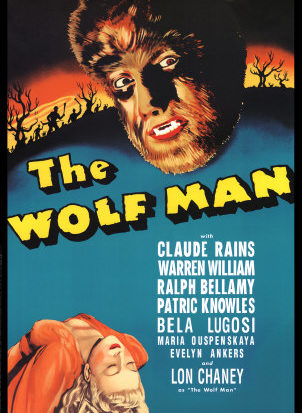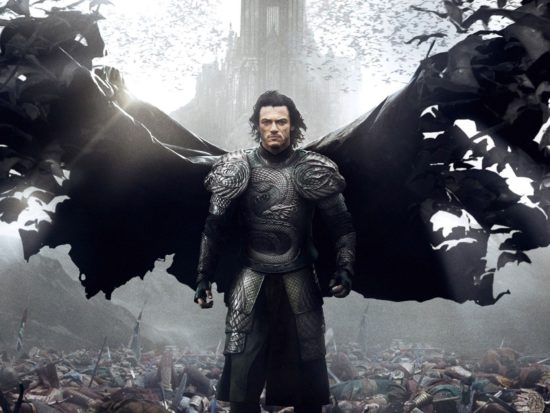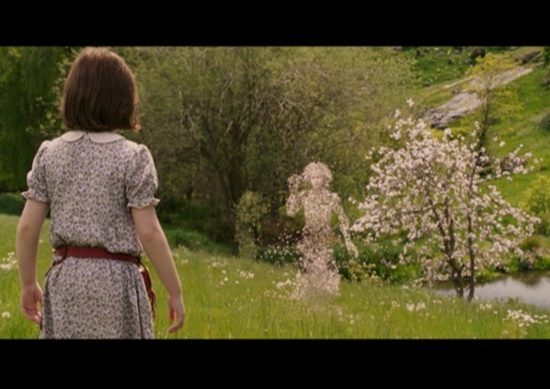Which would you rather be: A one-eyed metalworker? Or cannibal? 😛 Today’s mythological creatures talk is on Cyclopes and Orcs. Enjoy. 😛 Cyclops In short, Cyclopes are moody giant-like creatures who have only one eye and are skilled mason-workers. Yeah, I didn’t know about the skilled mason-worker thing, either. Cyclopes tend to live in caves and the most famous cyclops was Polyphemus, who lived on an island. Cyclopes arise mostly from Greek mythology, but it’s also rumored that, because they were so great at the forges, the name arose from blacksmiths who used to wear an eyepatch over one eye to prevent getting …
Mythological Creatures: Satyrs & Fauns
Okay, which would you rather be…half goat, or half horse? No, not like cool-centaur-person. I’m talking satyrs and fauns. I think you’ll be surprised to learn these mythological creatures have been confused and mixed up a lot more than they ought to be. Satyrs Satyrs aren’t just half-goat-guys. Roman mythology is what paints them as half goat (legs, tail, horns and ears) but the more accurate myths (accurate myths…? Is that an oxymoron?) come from Greek mythology portrays them with a horse’s ears and tail. Satyrs are known to be pretty ugly and they’re girl-chasers. They’ll always fall for (and chase) anything with pretty …
Mythological Creatures: Giants & Gnomes
Ever been embarrassed by your height? (Or lack thereof?) Well, today on the mythological creatures channel, we’re going to make you feel a little shorter (or a little taller) by talking giants and gnomes. You thought you had it rough? Giants In short, if you didn’t know already, giants are humans of enormous strength and size. Giants pop up in sorts of cultures: Hindu, Native American, Greek, Roman, Norse, Bulgarian, Europe, etc. Giant folklore is thought to have originated from Greek mythology and, while they typically had the body of men, they also were said to have serpentine legs. Many …
Mythological Creatures: Dragons & Griffins
Tread carefully…there be dragons about! Today’s mythological creatures are dragons and griffins, two of the most popular mythological creatures seen in speculative fiction. Are you ready? Are you sure? Dragon The dragon is possibly the best-known mythological creature. They originated in early Greek myths and played a huge part in Greek mythology. A dragon named Ladon guarded the Garden of Hesperides, which may explain the origin behind the name dragon. Dragon originates from the Greek word drakonta, which means “to watch.” Dragons exist in almost every different culture: Greek – the guardian of the golden apples in the Garden of Hesperides (later killed …
Mythological Creatures: Chupacabras & Werewolves
Don’t ask how many times it took me to correctly spell chupacabra. Chupa-what? Yeah, I ran across this beauty a while back and couldn’t resist. You’re about to learn all about it in our mythological creatures dissection today. Chupacabra This poor creature is as ugly as its name. Okay…it’s uglier. If you break down the name into its original meaning, it means “goat-sucker.” I know you are running to christen your firstborn Chupacabra, the goat-sucker, but hold off until you know more about this creature. It’s a three-foot-tall, blue-spiked, fanged monster that hops like a kangaroo and sucks the blood of …
Mythological Creatures: Vampires & Zombies
It’s rather popular to be undead right now. But not as a vampire (that’s so yesterday.) You, my friend, will reach utmost popularity if you are a zombie or, at least, a zombie-killer (better yet, an expert at zombie-apocalypse survival.) . Today, during your mythological creatures tour, please wrap a leather scarf around your neck (particularly your arteries and veins) and peer into the darkened shadows over there… . VAMPIRES Vampires are folklore, and yet the popular thing nowadays is to step away from the well-known “don’t-look-in-a-mirror-or-step-out-into-sunlight” understanding of vampires and twist some of the old legends. Should we stick to …
Mythological Creatures: Merfolk & Sirens
Mermaids and Mermen Ah, Ariel…what have you done to the history of merfolk? I hate to break it to you, but mermaids weren’t known to be the kindest of creatures (you know, back when they were real [wink].) Because they were most often spotted by sailors (even Christopher Columbus reported seeing three mermaids on his first voyage to the Americas) they are strongly associated with sailor lore. Mermaids were reported to seduce sailors and drag them down to their underwater dwellings — aka, drowning the poor suckers. (Remember the creepy ones from Pirates of the Caribbean: On Stranger Tides?) Mermaids …
Mythological Creatures: Unicorn & Pegasus
Every woman in fantasy wants a unicorn. It’s like girls and horses…just add a horn and a fantasy world. Guys usually want a dragon. But, to remain well-rounded and up to speed on fantasy creatures, today we’ll take a deeper look at the difference between a unicorn and a pegasus. Unicorn Unicorns were once considered real. They have their own versions in different cultures — the Greek unicorn, the Chinese unicorn (called Ch’i lin), the Japanese unicorn (Kirin or Sin-you), and Vietnamese unicorn lore. Despite the many times we see a white stallion with a horn in a movie or book, the original …
Mythological Creatures: Naiads & Dryads
Nymph. Not only is it a fun word, but nymphs are diverse mythological creatures that can lead to all sorts of in-depth fantasy world building. We have water nymphs and tree nymphs and cloud nymphs and wind nymphs and any other type of nymph you could think of. The two most common types of nymphs we see in fiction, however, are the naiad (water nymph) and the dryad (tree nymph.) Naiads Naiads are nymphs who preside over freshwater locations like wells, springs, waterfalls, brooks, etc. Naiads are always females and they’re known for being quite jealous. Sometimes the waters of naiads were credited with having …
